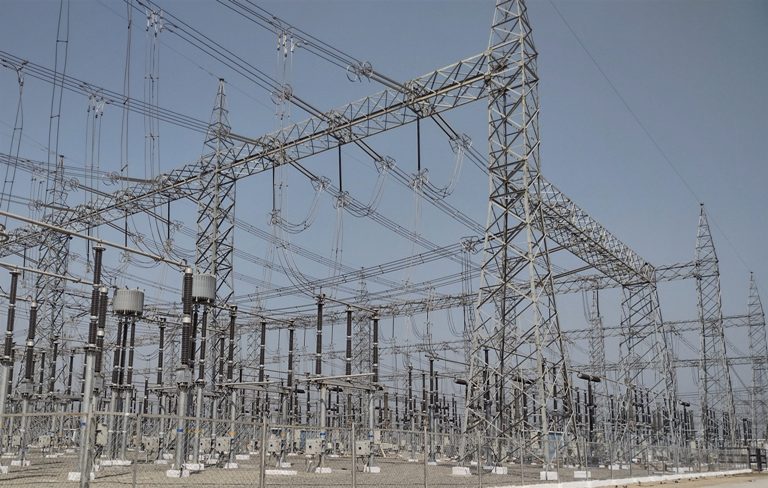Addition of substation (transformation) capacity in FY24 was 6.8 per cent lower than in FY23, according to a special study by T&D India.
The study, based on time series data released by Central Electricity Authority, suggests that substation capacity addition in FY24, at 70,728 MVA, was not only 6.8 per cent lower than in FY23, it was also the lowest addition in any year since the past three years, at least.
Substation capacity addition stood at 78,982 MVA in FY22, falling to 75,902 MVA in FY23 and further to 70,728 MVA in FY24.
Very significantly, the private sector has been making increasing contribution to India’s substation capacity build-up. In FY22, private sector entities added just 1,000 MVA of capacity, which grew to 5,000 MVA in FY23, only to rise further to 15,000 MVA in FY24.
Growing contribution from private entities indicates their enlarging role in the country’s power transmission infrastructure, thanks to the tariff-based competitive bidding (TBCB) culture.
In FY24, private sector entities contributed 21.2 per cent of the total substation capacity addition, only slightly lower than the Central government’s share of 27.9 per cent. State government utilities were the biggest contributors with a 50.9 per cent share in FY24. However, it may be mentioned that the main focus of state government entities is in the 220kV intrastate grid. On the other hand, Central and private entities typically lend support to the build-up of 400kV and 765kV transformation capacity.
In FY24, bulk of the new substation capacity addition, at 45.5 per cent, was in the 400kV class. The 765kV class had a contribution of 25.4 per cent, while the 220kV category saw 29.9 per cent of the total transformation capacity addition in FY24.
The share of 400kV substations has been rising consistently over the past three years – 39.7 per cent in FY22, to 43 per cent in FY23 and further to 45.5 per cent in FY24.
As of March 31, 2024, India’s total transformation capacity stood at 12,51,080 MVA. Of this, HVDC substations (across all voltages) accounted for 3 per cent. Substations of 220kV and 400kV were the most prominent with a share of roughly 37 per cent each, in the grand total. Substations of the 765kV class had a share of around 24 per cent. (See table)
(Note: This study takes into account substations of 220kV or higher, only.)

